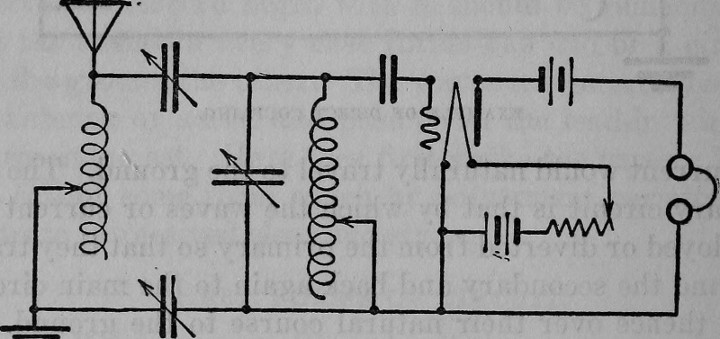Clik here to view.

Not that kind of induction!
Suppose we observe a raven. It’s black. We see a second, also black. And so on for a few dozen more. We reason, or rather we argue with ourselves, “Since all the many ravens I’ve seen have been black, the next raven I see will be black.”
There are seeming problems with this self-argument, this induction-argument. It appears to be invalid since, as is probably obvious, it might be that a non-black raven, perhaps even an albino raven, exists somewhere. And if that’s true, then the next ravens I see might not be black. Also, the argument is incomplete—as written, though not as thought. As thought, it contains the implicit premise “All ravens are the same color.” That makes the entire argument: R = “All ravens are the same color and every raven I have seen was black; therefore the next raven I see will be black.” That argument is valid.
Therefore, it is a local truth that “The next raven I see will be black” given those premises. We are back to the same kind of situation as when we discussed Gettier problems. What is our goal here? Is it to assess the truth or falsity of the premises? Or to make predictions? Given the premises are true, then it necessarily follows we will make flawless predictions.
Now “every raven I have seen is black” is true (I promise), so the only question is “All ravens are the same color.” Where did that arise? That was an Induction-intuition, arising from the judgment that having black feathers is the essence of being a raven, or at least part of the essence. If this judgement is true, if having black feathers is essential to being a raven, then the this premise is also true and the conclusion to R follows.
The crux is thus the step, i.e. the induction, from the observations to an understanding of what it is to be a raven. But there have been observed white ravens, and it is said (by biologists) that these suffer from a genetic defect. A defect is thus a departure from the “norm”, from what is expected, and what is expected is the form given by the essence.
With this in mind we can fix the argument. R’ = “All the ravens I’ve seen have been black and it is the essence of ravens to be black; therefore the next raven I see which is properly manifesting its essence will be black.” This is a valid argument, and sound if indeed, as induction tells us, ravens having black feathers is part of the essence of being a raven.
Some people have mistakenly identified features of things thought to be essential but which were instead accidents. It is not for instance essential that swans have white feathers; some have black. But because mistakes are made in the induction of essences does not prove that inductions are of no use, nor does it prove things do not have essences. Many people make mistakes in math—surely more than who make mistakes in inductions of essences—yet we do not say math is a “problem”, where that word is used in its modern philosophical sense as an unresolved, unresovlable or paradoxical question; and we do not say math is invalid and not to be trusted. We do not seek for alternatives to math that explain how it could possibly be, given that some have erred in the calculation, that 1 + 1 = 2. We are not mathematical skeptics. Yet the mere possibility of mistake in induction is enough, for some, to cast doubt on the whole of induction.
Induction, as outlined in this must-have book, comes in various flavors. The kind of induction that extracts essences is not the same as the kind of induction that is statistical and that lets us make empirical predictions.
We did this before: we know via one kind of induction that dogs essentially (and I do not mean this word in its more-or-less connotation, but in the rigorous must-have) have four legs, but we know via statistical induction that some dogs do not fully evince this essence. The kind of prediction we wish to make varies with the type of induction we have in mind. If we want to know via the essential-induction whether all dogs have four legs, the answer is always yes, since it is essential for dogs to have four legs. But if we want to know via statistical-induction how many dogs have four legs in some certain situation, then the answer will be different, and will instead be a counting of the departures from essence. Read the linked article for more.